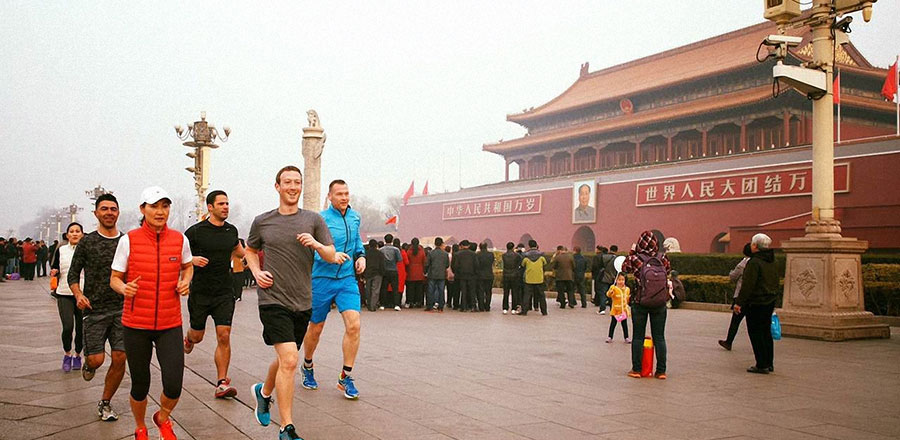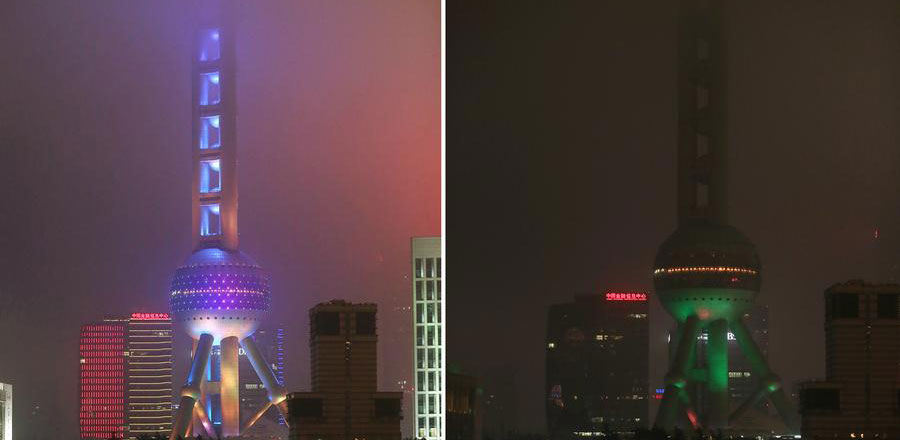
China has nearly 24 million farms that raise broilers-chickens raised for meat-compared to 33,000 in the US. Most of China's broilers come from small and medium-sized farms that produce fewer than 50,000 per year. In contrast, 96 percent of US broilers come from farms that produce more than 200,000 per year.
Just 20 years ago, China's meat and dairy production was mainly from small household farms. But recent growth has been fueled by small, medium and large-scale livestock operations. In the long term, large-scale businesses will make supervision easier and help adopt best practices.
In the short term, there is a risk that management and staff do not have adequate training or technical expertise to safely manage large enclosed herds and flocks.
Also, companies with trading, processing, distribution or retail operations must take active responsibility for the safety of their entire supply network, beginning with the primary producers. A high level of interaction with suppliers will help ensure quality.
Of course, there are extra costs associated with ensuring food safety, but leading corporations can not afford to keep their supply chain at arm's length. The following principles will help companies better address safety risks in China's challenging industry landscape.
・ Be familiar with the entire food supply chain through regular on-site visits to farmers, traders, processors and logistics companies.
・ Verify the quality of the agricultural production environment, including potential water and soil contamination, and the proper use of fertilizer, pesticides and growth promoters.
・ Create a "win-win" supplier relationships, starting with clear, detailed specifications and regular performance measurement. Provide training and assistance to ensure implementation of best practices.
・ To prevent economically motivated shortcuts, provide credit or subsidies for raw materials and establish controls to ensure their proper use.
・ Design effective monitoring and verification programs that include testing, audits and unannounced visits.
・ These should be statistically designed to provide optimal quality assurance for both upstream vendors and in-house operations. Risks change along with market conditions.
・ Strive for effective traceability and transparency; this is essential to respond to a food safety incident.
Shirley Xie is a partner at PricewaterhouseCoopers in China and the leader of the firm's food supply and integrity services. Brian Marterer is a senior manager at PwC China








